Travel Guide - 2 | Long Island Vacation
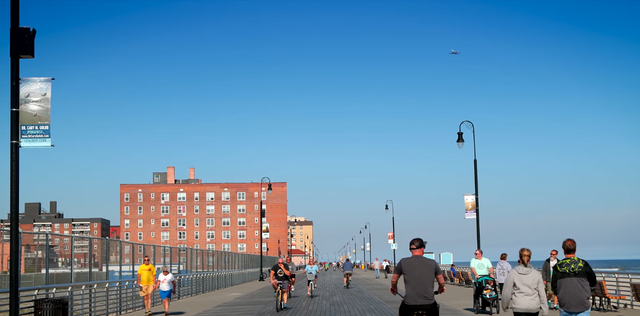
Long Island stretches eastward for 115 miles,
from the New York boroughs of Brooklyn and
Queens
to the windswept bluffs and rollers of Montauk Point.
In many ways, Long Island is the story of
America.
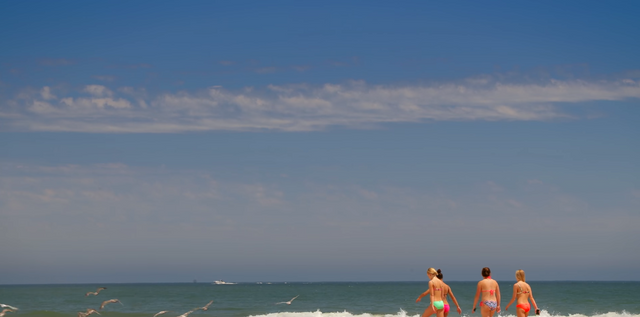
It’s a story of Native Americans,
some of whom welcomed Europeans settlers ashore
in 1637,
and of those who resisted.
It’s a story of pirate treasure and hardy
whalers,
of Revolutionary War and the beginnings of
a nation.
It’s a story of some of the world’s greatest
industrialists,
artists and adventurers.
And binding these epic stories together is
mile upon mile
of some of the nation’s best beaches,
and the warm summer rays of sunshine.
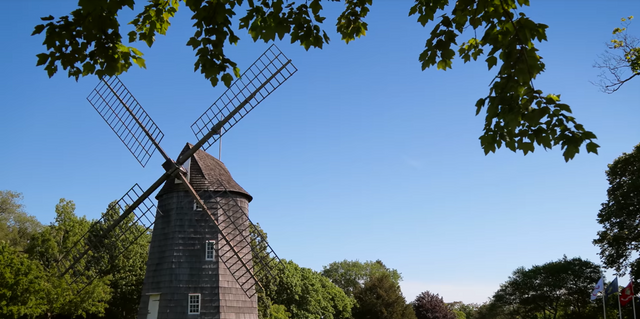
Take the short train ride from Manhattan,
take off your shoes, and step onto the sands
of Long Beach.
For many, Long Beach’s iconic 2-mile boardwalk
and endless rows of volleyball nets is where
Long Island all begins.
From here, Long Island’s protective barrier
islands continue
in an almost unbroken chain all the way to
Westhampton Island.
Halfway along the chain, experience the wild,
windswept beauty of Fire Island National Seashore.
Take the short hike from Robert Moses State
Park to the Fire Island Lighthouse,
which for generations of immigrants sailing
to New York,
was their very first glimpse of America.
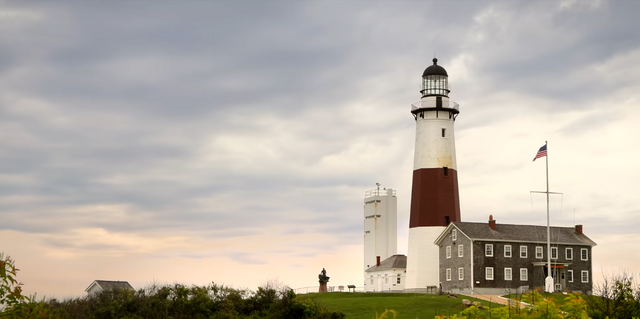
Many of those immigrants and their descendants
went on to create industrial
and financial empires like the world had never
seen.
And it was on the island’s Northern Shores
where they poured their vast fortunes
into mansions and summer retreats that rivalled
the great estates of Europe.
In 1902, Financier Howard Gould built a medieval
castle at Sands Point to impress his wife.
She wasn’t,…
so a more intimate, tudor-style mansion was
quickly built.
Unfortunately that didn’t do the trick either
and the couple soon parted ways.
Not to be outdone, in 1921 the insurance magnate,
William Robertson Coe
built his own Tudor-style manor at Planting
Fields in nearby Oyster Bay.
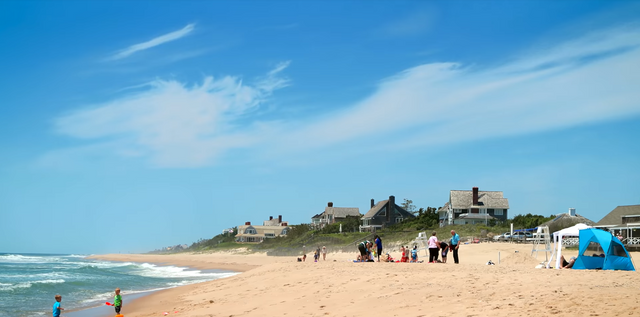
Coe spared no expense on the 65-room manor,
even importing the windows from the ancestral
home of Anne Boleyn.
During the Prohibition Era,
Coe stocked his basement with almost half
a million dollars worth of liquor,
ensuring the good times would never end.
It was homes and lifestyles like these, that
inspired the settings and characters for
F. Scott Fitzgerald’s classic, The Great
Gatsby.
While some of these great mansions have been
preserved as snapshots from a gilded age,
others have been repurposed.
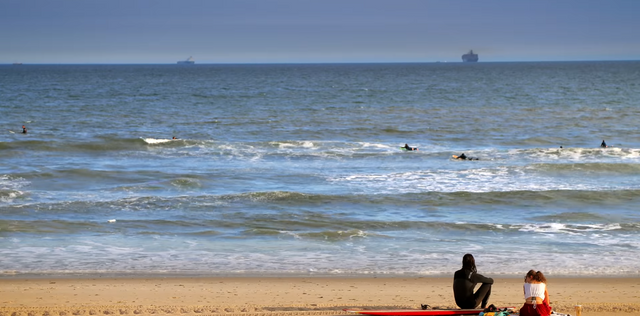
The Vanderbilt Museum and Planetarium is centred
around the family’s stunning Spanish Revival mansion.
While the Nassau County Museum of Art
has taken up residence in the Georgian mansion
that was once home to members of the Frick
dynasty.
But it wasn’t just tycoons who were drawn
to Long Island’s Gold Coast.
Sagamore Hill was the much-loved home of one
of America’s most popular presidents.
Theodore Roosevelt lived here from 1885 until
his death in 1919,
filling his home with trophies from his expeditions
to Africa and South America.
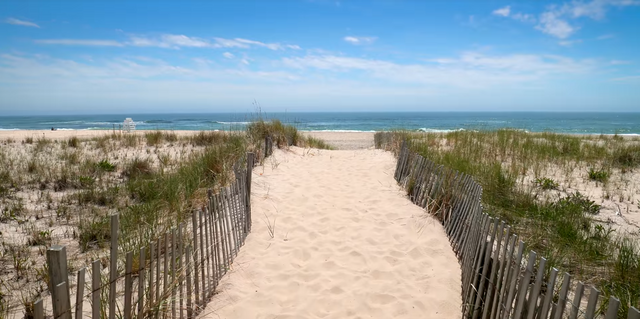
The house today is much as it was during Roosevelt’s lifetime,
right down to his famous Roughriders hat which
hangs from an elk antler
as if it was tossed there only yesterday.
At the Cradle of Aviation Museum in nearby
Hempstead,
discover how Long Island launched generations
of aviators
into the wild blue yonder, and the stars.
From the first barnstormers to the record-breaking
flights of Charles Lindbergh,
from the aerial dog fights of World War Two
to those firsts steps upon the moon,
for over a century, Long Island was at the
center of America’s aviation and space adventures.
Nearby, continue your flight into aviation’s
past,
at the historic hangers of the former Republic
Aviation Company.
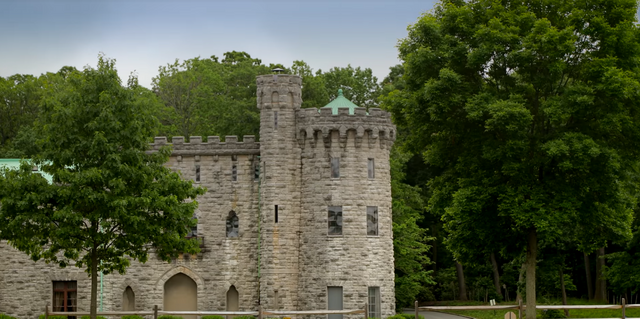
Here at the American Airpower Museum,
war birds from the island’s golden years
of aviation are lovingly preserved
by many of Republic’s former staff.
Once you’ve explored the treasures of Long
Island’s Gold Coast,
head further west to discover the riches of
Suffolk County.
In the mid 1800s, well-to-do New Yorkers were
drawn to the natural beauty,
unspoiled beaches and restorative air of Long
Island’s East End.

The pioneer settlement of Southampton Village
soon became a summer retreat.
Today it’s a place where history and affluence
has have
blended as smoothly as the spirits in a Long
Island Iced Tea.
Give your credit card a work out in the exclusive
boutiques,
galleries and restaurants of Main Street and
Jobs Lane.
And if shopping’s not your thing,
you’ll find plenty of history to keep you
occupied here too.
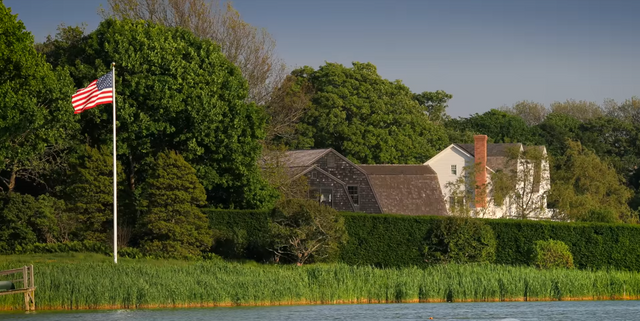
Take a walk through Southampton’s early
times at the Historical Museum,
whose centrepiece is the home of a 19th century
whaling captain and his family.
All around the home are smaller structures,
which give a window into Long Island life
long before the paparazzi came to town.
Today Southampton Village is the heart of
The Hamptons,
the home of some of the USA’s most expensive
real estate.
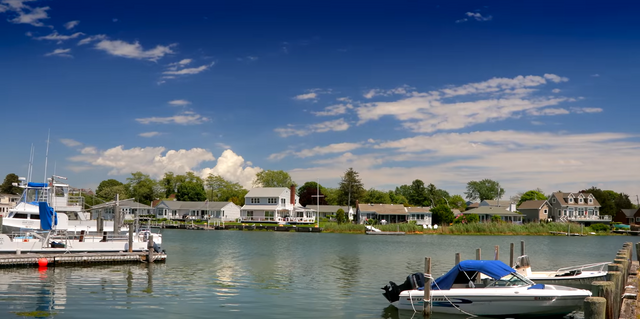
It’s a place where today’s movers and
shakers
come to escape behind the 20ft-high hedgerows
of their summer homes.
The real estate here might be out of reach
for most folks,
but thankfully the sun and sand of Cooper
Beach is free for all to enjoy.
It’s not just vacationers who adore the
mild maritime climate of Suffolk County,
the grapes like it here too.
Over the last fifty years the potato fields
of old have been replaced by vineyards.
One of the largest is the Wölffer Estate,
a little slice of Tuscany where 50 acres of
vines thrive in the South Fork loam.
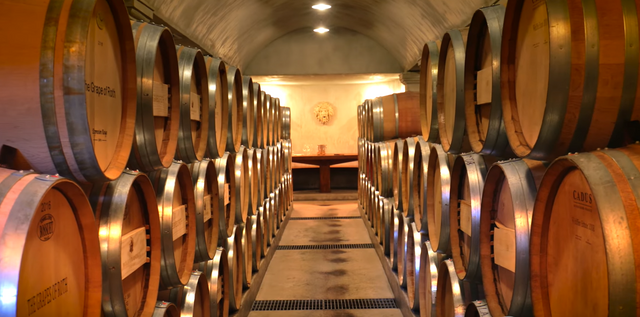
Just up the road at the Channing Daughters
Estate,
the grapes are still picked by hand and crushed
by foot.
Here creativity is expressed not just in the
daring varietals and blends,
but also in the many sculptures, which dot
the estate.
Artists, visionaries and dreamers have long
been inspired by the “Hampton Light”.
Spend an inspirational hour or two at the
Parrish Art Museum,
which celebrates the artists who lived and
worked in the East End,
such as Andy Warhol, Roy Lichtenstein and
Chuck Close.
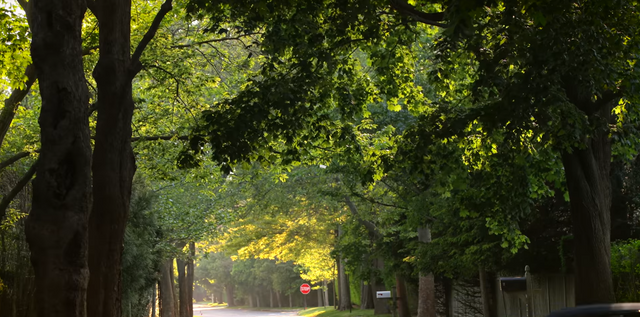
Just a short drive away at the Long House
Reserve,
the sculptural works of Buckminster Fuller,
Yoko Ono and William de Kooning
sit in perfect harmony with nature.
But for modern art lovers,
there is no more hallowed a destination than
the former home of Jackson Pollock and Lee Krasner.
It was here, on the outskirts of East Hampton
where one of the 20th Century’s most important
artistic couples lived and painted.
Step into the barn and walk upon the paint
splattered floor where Pollock threw himself
body and soul,
into his visionary masterpieces which shook
the art world forever.
Another East Hampton house worth visiting
is the Home Sweet Home Museum,
where the simple pleasures and practicalities
of English settlers in the 1700s come vividly back to life.
The past has also been beautifully preserved
in the nearby town of Sag Harbor,
an historic whaling port immortalised in Moby Dick.
Behind the Old Whalers’ Church, pay your
respects at the Old Burying Grounds,
where American raiders defeated the English
redcoats in the battle of Sag Harbour in 1777.
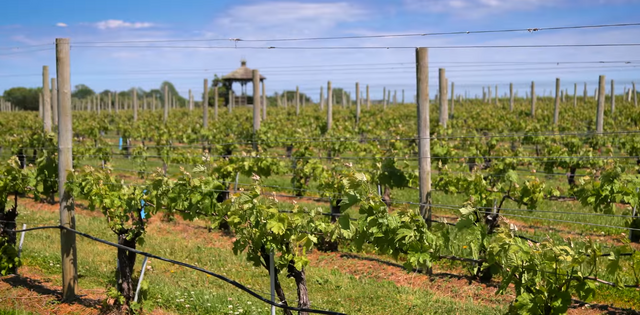
Just a 30 minute drive east from Sag Harbour
is Montauk,
a place that the laid-back locals refer to
as “The End”.
Once the stomping ground of pirate Captain Kidd,
today it’s the perfect place to catch a
wave or fish,
or to hike the coastal trails of Shadmoor
State Park.
Fifteen years after the battle of Sag Harbour,
America’s first president, George Washington,
commissioned Montauk Lighthouse on Long Island’s
easternmost point.
Climb the iron steps to the top to take in
the views.
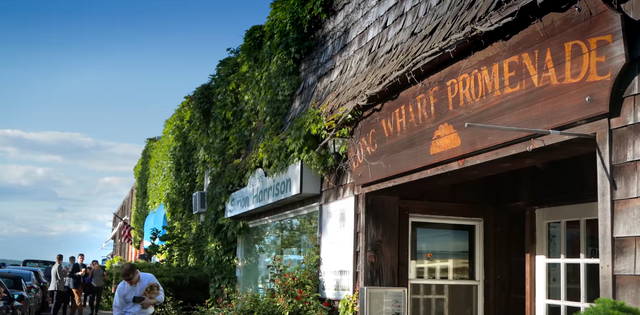
But before you descend, close your eyes for
a few moments
and feel the wind turn the pages of this incredible island,
…a place that has played centre stage in
some of America’s greatest stories.
A place that continues to attract dreamers,
visionaries and those who appreciate the finer
things in life.
A place that continues to send its inspirational
and reassuring light out into world.
